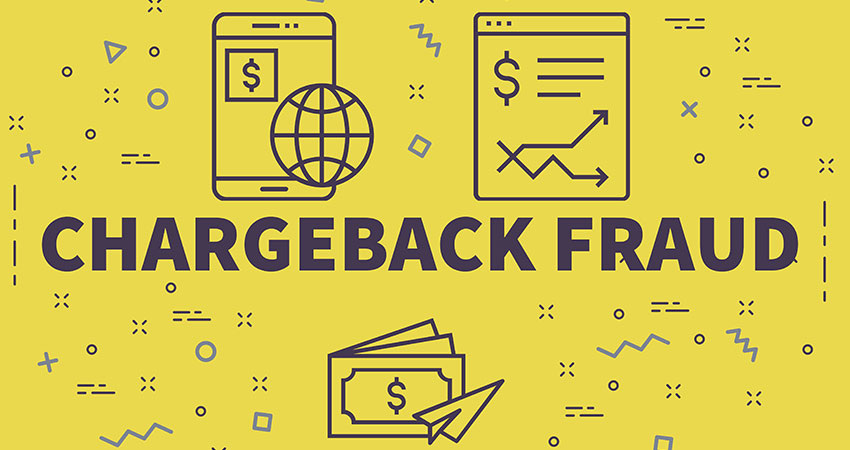Chargebacks were once an obscure payments industry practice, so much so that most merchants never even heard of them.
In the past decade, chargebacks grew into a very hot topic for ecommerce sellers. The realities of the card-not-present (CNP) retail space make it harder to verify individual customers’ identities, while also creating a degree of separation between buyer and seller. Plus, as zero-liability payment cards became the norm, cardholders grew accustomed to seeing payment card abuse as “someone else’s problem.”
Friendly Fraud a Threat for Merchants and Institutions
Many card disputes are filed without a valid reason. This is a practice called “friendly fraud,” and chargebacks tied specifically to that practice have continued to grow at a rate of approximately 20% each year. They’re growing so quickly, in fact, that friendly fraud is projected to represent nearly two-thirds of all chargeback issuances by 2023.
Of course, those projections were made before COVID-19 impacted the market. With issuances surging in recent months due to widespread use of remote channels like ecommerce and click and collect, the problem is much worse than anticipated.
Customers tend to commit friendly fraud because their expectations have trained them to do so. The desire among financial institutions to provide a fast, frictionless experience led cardholders to start viewing the chargeback process as a path of least resistance to recover their money. This laissez-faire attitude translates to billions in liabilities for both merchants and financial institutions.
In 2017, for instance, businesses lost roughly $31 billion in direct chargeback costs. And, while roughly $19 billion of those losses were forced onto merchants, financial institutions ate the remaining $12 billion.
For banks, common sources of loss tied to chargebacks include liabilities, added overhead and write-offs. That’s not even accounting for indirect costs like return fraud and declined transactions resulting from insufficient fraud data, as well as margin compression that occurs over time. These losses could be several times higher than the direct costs.
There’s been a lot of focus placed on merchant chargeback mitigation over the last five years. But, with chargeback losses continuing to climb, financial institutions are finding it necessary to begin taking this issue seriously, too.
AI Technologies May Offer a Solution
Despite innovations like click and collect, the payments industry lags behind the technological curve. The processes we use to conduct conventional payments are built on legacy infrastructure, much of which is rooted in a pre-internet age.
Initiatives like Visa Claims Resolution and Mastercard Dispute Resolution can provide some relief for stakeholders. However, these are just stopgap measures that don’t fully address the problems at the root of the growing chargeback threat. In response, more financial institutions are looking to new technologies to try and mitigate chargeback losses, for themselves and for merchants.
The chargeback process demands human oversight. However, using artificial intelligence to automate key elements of the process could provide incredible benefits in terms of efficiency and expense.
A cloud-based AI approach could eliminate redundancies in the chargeback process. Much of the back-and-forth decisioning and reconciliation process could be cut. This would mean legitimate disputes are resolved in hours, rather than weeks, while friendly fraud chargebacks gradually disappear.
One of the main reasons why friendly fraud is such a problem is that merchants and financial institutions lack the capacity to distinguish between legitimate and illegitimate dispute claims. Tools capable of instantly recalling and sending transaction data would allow for more accurate analysis of industry trends and consumer preferences. This would ultimately free up resources and significantly reduce overhead.
Financial institutions could reallocate many of the 39,000 fulltime equivalent employees currently occupied with chargeback-related activities, allowing for greater efficiency in other departments. At the same time, incorporating AI into the dispute process could put ecommerce merchants on a level playing field with financial institutions for the first time. They’d be partners in the transaction process, rather than opposing parties in a dispute.
Working Toward a Permanent Fix
AI could enable a more interconnected process, facilitating faster communication between institutions, merchants and card networks. This would mean merchants retain more revenue, while institutions see less margin compression tied to disputes.
Embracing AI solutions for chargeback management is going to be essential to achieve a more balanced payments ecosystem as the digital market continues to evolve. The result will be a more dynamic, cost-effective market, offering benefits for businesses and consumers. It will demand careful consideration to deploy effectively, though.
Even with an AI-enabled response to chargeback abuse, we’ll still see inefficiencies resulting from the patchwork of different processes and technologies in place. A real, permanent fix for these payments issues needs to be comprehensive and industry wide. Otherwise, we run the risk of simply repeating this same process with new vulnerabilities down the road.
AI-enabled chargeback remediation on both the merchant and institutional side of the transaction is a positive step forward. We can’t forget, though, that it’s just the beginning of a much larger, lasting solution.
Monica Eaton-Cardone is the CEO of Chargeback911

